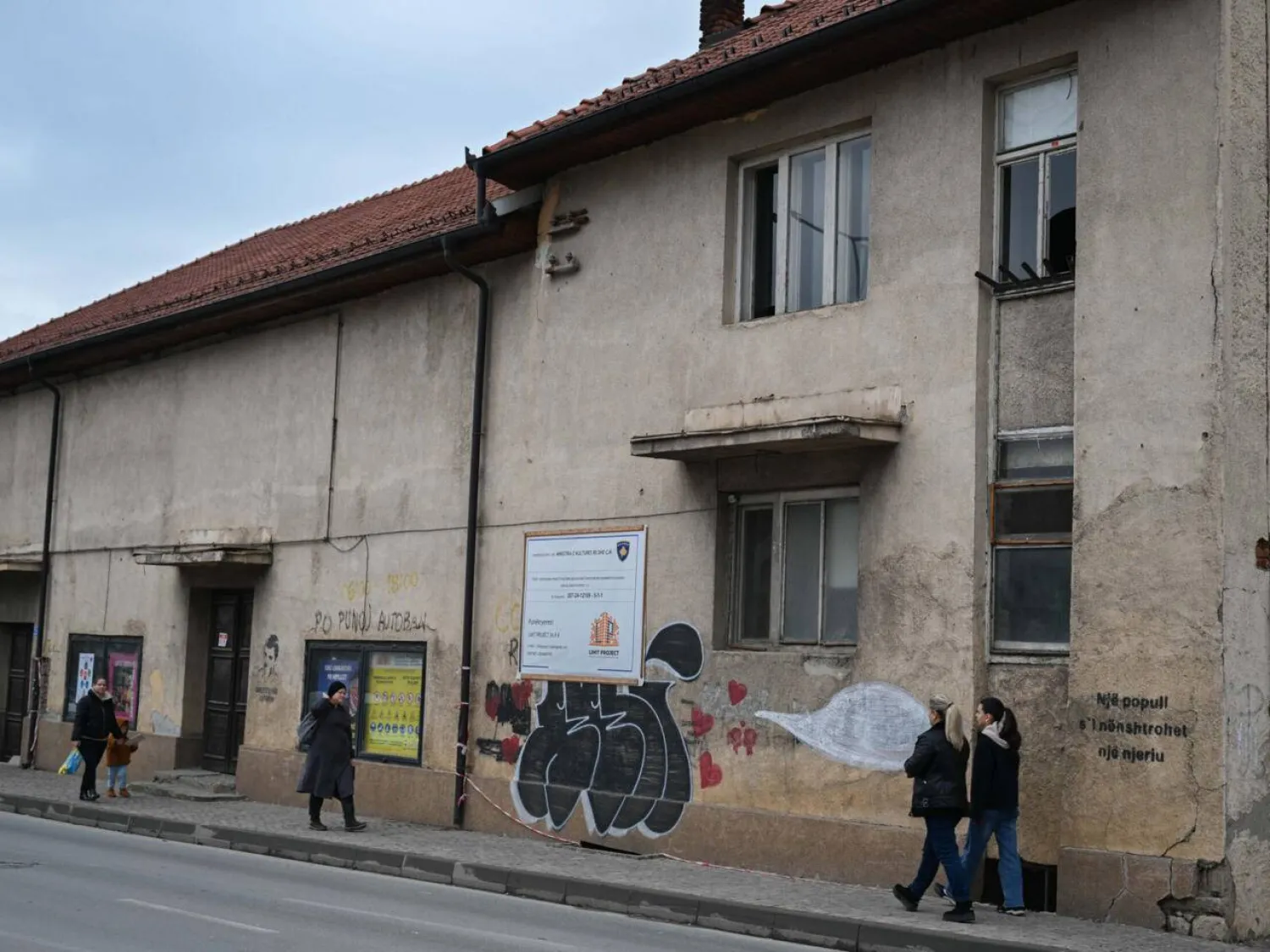North Korea appears to have torn down a huge arch in its capital that symbolized reconciliation with South Korea, a week after leader Kim Jong Un dismissed decades of hopes for peaceful reunification with the war-divided peninsula’s south, according to satellite photos analyzed by The Associated Press on Wednesday.
South Korea’s military also said Wednesday that North Korea fired several cruise missiles into waters off its western coast.
Kim last week described the Pyongyang monument as an “eyesore” and called for its removal while declaring that the North was abandoning long-standing goals of a peaceful unification with South Korea and ordered a rewriting of the North’s constitution to define the South as its most hostile foreign adversary.
Satellite images from Planet Labs PBC appeared to show the destruction of Pyongyang’s Monument to the Three Charters for National Reunification, also called the Arch of Reunification. An image Tuesday clearly showed the arch missing along a roadway.
Clouds and snow cover made it difficult to ascertain when North Korea tore down the monument, but it appeared to be within the last few days. NKNews, a website focused on North Korea, first reported on the satellite images.
The arch was a 30-meter (about 100-foot) tall structure that looked over a highway leading to the city of Kaesong near the border with South Korea.
The cruise missile launches were North Korea’s second known launch event of the year, following a Jan. 14 test-firing of the country’s first solid-fuel intermediate range ballistic missile, which reflected its efforts to advance its lineup of weapons targeting US military bases in Japan and Guam.
South Korea’s Joint Chiefs of Staff said Wednesday that the US and South Korean militaries were analyzing the latest launches. It did not immediately confirm the exact number of missiles fired or their specific flight details.
Tensions on the Korean Peninsula have increased in recent months as Kim continues to accelerate his weapons development and issue provocative threats of nuclear conflict with the United States and its Asian allies.
While North Korean cruise missile activities aren’t directly banned under UN sanctions, experts say those weapons potentially pose a serious threat to South Korea and Japan, as they are designed to fly like small airplanes and travel along landscape that would make them harder to detect by radar.
There are concerns that North Korea could dial up tensions in a US election year. Experts say the North would aim to increase its bargaining power as it plans for eventual negotiations with whoever wins the November presidential vote.
North Korea also has a long history of ramping up pressure on rival South Korea when it doesn’t get what it wants from Washington.
During the speech at Pyongyang’s rubber-stamp parliament where Kim announced that his country would no longer pursue reconciliation with the South, he accused South Korea of acting as “top-class stooges” of the Americans and repeated a threat that he would use his nukes to annihilate the South if provoked.









